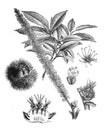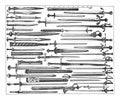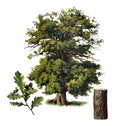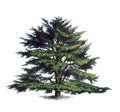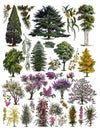Find results that contain all of your keywords. Content filter is on.
Search will return best illustrations, stock vectors and clipart.
Choose orientation:
Make it so!
You have chosen to exclude "" from your results.
Choose orientation:
Explore cartoons & images using related keywords:
wildlife
vintage
picture
old
natural
image
illustration
history historic heritage graphic fauna engraving engraved drawing culture cultural century book artwork art archive archival antiquity antique animal ancient aged age 19th 1800s 1800 parasitic worm parasite zoologyAntique Engraved Illustration Of The Tapeworm. Vintage Illustration Of The Cestoda. Old Engraved Picture. Book
Designed by
Title
Antique engraved illustration of the tapeworm. Vintage illustration of the cestoda. Old engraved picture. Book #262181505
Description




